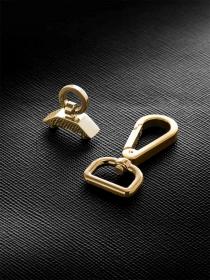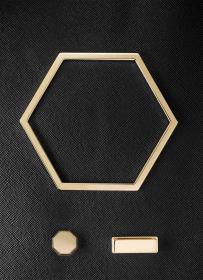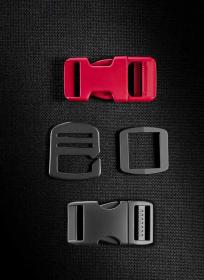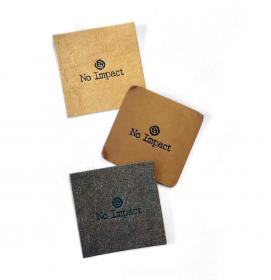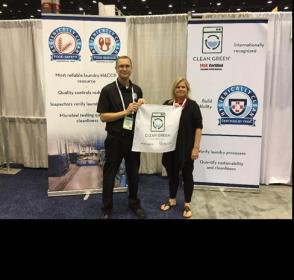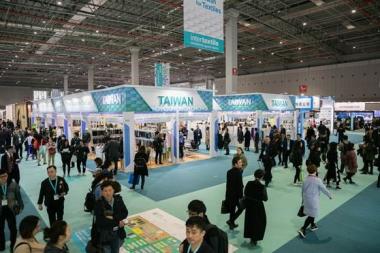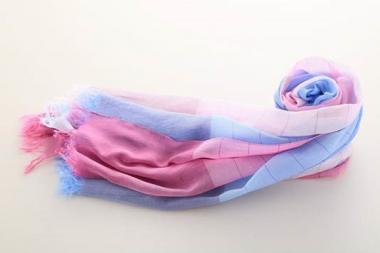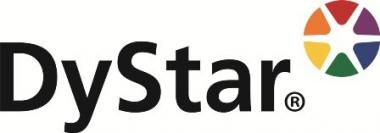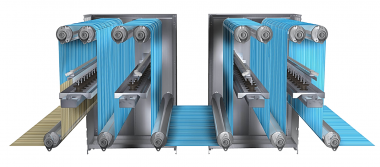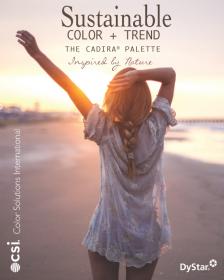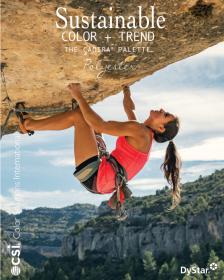METALBOTTONI presents the new collection VÀNITA
- Italian expertise, research and green innovation.
- METALBOTTONI ups the stakes with one-of-a-kind interpretations, to enhance its market presence.
At Première Vision Accessories (Paris, 19-21 September) the company presents the new collection VÀNITA, a mix of leatherwear and sportswear, based on Made in Italy craft, with an increasingly wide and coordinated range.
Based on product experience, combining new trends in accessories. The METALBOTTONI strategy is enriched with product novelties which aim at exploring new existing market segments. A strategy which increasingly leads great artisan production skills to meet constant research and expansion of the range, with the world of sportswear becoming more and more pivotal; without forgetting the important sustainable innovations of the NO IMPACT protocol.
No Impact becomes “Committed Accessories”
The guideline for restyling the METALBOTTONI range over the past two years has been the recent implementation of the NO IMPACT corporate sustainability protocol, which has just acquired a new “dress”, associated with the following pay-off: “Committed Accessories”. It is a way of underscoring the constant green development of the company over the past few years, in terms of process and product: use of recycled raw materials, development of finishing without chemicals, implementation of processes which today have allowed to reduce electricity and water consumption to almost zero.
Moreover the range of NO IMPACT proposals for this season has expanded to include not only new metal finishing but also leather label completely made from processing scrap, thus establishing Metalbottoni as “partner for branding elements” also in terms of sustainability. Pure Made in Italy and constant expansion of collections towards sportswear The great skill in metal processing, which for sixty years now has characterised the top-of-the-range quality of METALBOTTONI products, is now combined with constant research work conducted by our in-house Style Office, resulting in new collections which are more and more in line with the trends emerging from major trade fairs. Maintaining a presence on strong markets (central Europe, Northern Europe and United States), increasing the depth of segments and intercepting new ones. This is the main goal also chosen for the Première Vision Accessories Exhibition where, alongside the autumn-winter 2019/2020 collections, there will be a preview of VÀNITA, the new collection dedicated to leatherwear and more.
METALBOTTONI is proving to be one of the most dynamic companies in the accessory industry.
Over the past two years, in fact, it has introduced numerous product and process innovations, aiming at increasing its range especially as regards sportswear accessories. This trend was driven by a substantial increase in demand by read-to-wear and luxury brands in the past two seasons, and today it means new proposals which account for 35% of the range for METALBOTTONI. New collections have been presented in the past two seasons expressly dedicated to the sportswear world, namely GRAVITA, the first line designed by the company for pressure buttons, and MÀRYA, the new beachwear collection. Also the line called LABORA, the classic collection of accessories for fashion and ready-to-wear has been constantly enhanced with proposals combining style and technical performance. This mix of fashion and sport elements is increasingly evident in the company’s product range, for example in the combination of different materials, using metal with nylon or other resins to create new and unique accessories.
Vànita: beyond leatherwear, a world of accessories
The meeting between fashion, luxury and sportswear has produced VÀNITA, the brand new collection which presents a new approach to accessories dedicated to leatherwear, from an allround perspective from luxury to sportswear. Developed starting from solid product research by the company’s in-house Style Office, VÀNITA is a true meeting of styles and elements, a combination of high product standards with unique elegance. This line introduces one-of-a-kind visions for accessories, exploring highly original pathways dedicated to the world of leather. The VÀNITA proposal ranges from accessories for leatherwear and small leatherwear, to those for shoes, bags and the sportswear worlds. There are two main lines within this collection: one is expressly designed for the world of luxury, the other has a more technical and sporty approach. A true mix between artisan metal processing, based on the great METALBOTTONI expertise in this sector, and “ingredients” such as nylon, rubber finishes or innovative 3D processing, which are often combined together.
“Our goal is to offer an increasingly comprehensive range which allows us to explore new segments on the markets where we are present” - says Gregorio Valli, CEO and President of METALBOTTONI S.P.A – “a ‘recipe’ which should be able to integrate our unmatched product expertise with a constant expansion of our range and continuous implementation of our pathway towards corporate responsibility and sustainability”.
Menabò Group s.r.l


